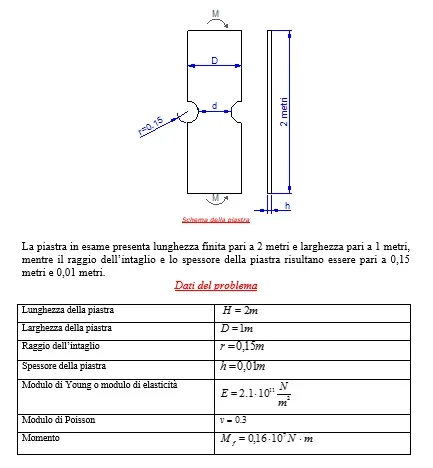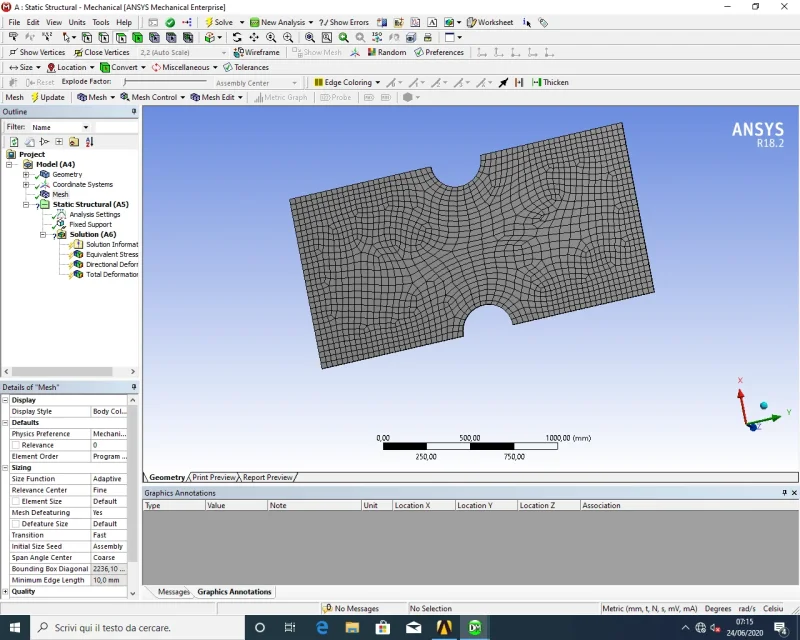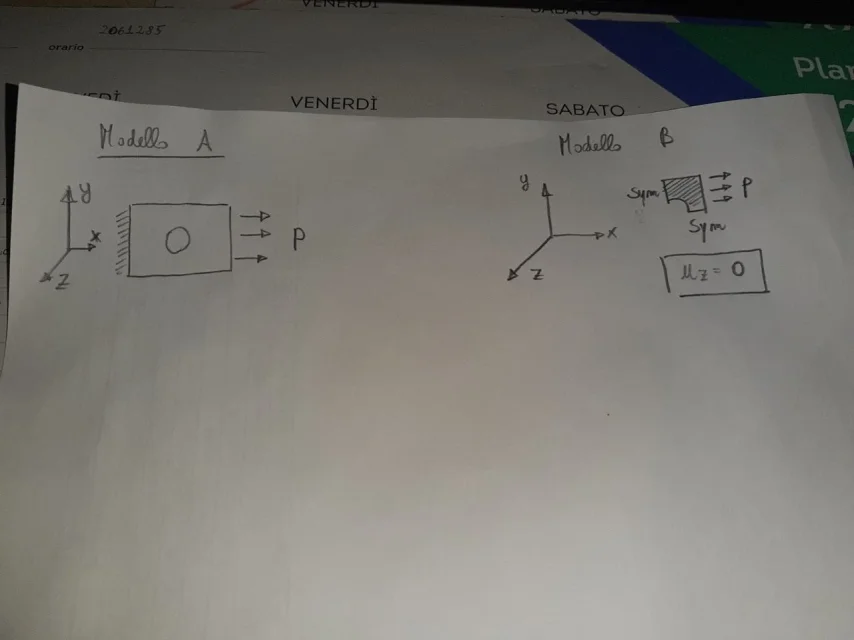volaff
Guest
hello girli, I wanted to start using ansys workbench by solving a small academic exercise below.
 I was able to model everything but now I should simulate the stinging moment at the end of the plate.
I was able to model everything but now I should simulate the stinging moment at the end of the plate.
going to memory that it can be simulated as a concentrated force at one end (but this would not be properly corrected as we will give rise to a singularity point) or tramire a triangular load (but here I do not remember that values give to the ends of the same).
advice?
thanks to everyone in any case!
 I was able to model everything but now I should simulate the stinging moment at the end of the plate.
I was able to model everything but now I should simulate the stinging moment at the end of the plate.going to memory that it can be simulated as a concentrated force at one end (but this would not be properly corrected as we will give rise to a singularity point) or tramire a triangular load (but here I do not remember that values give to the ends of the same).
advice?
thanks to everyone in any case!



